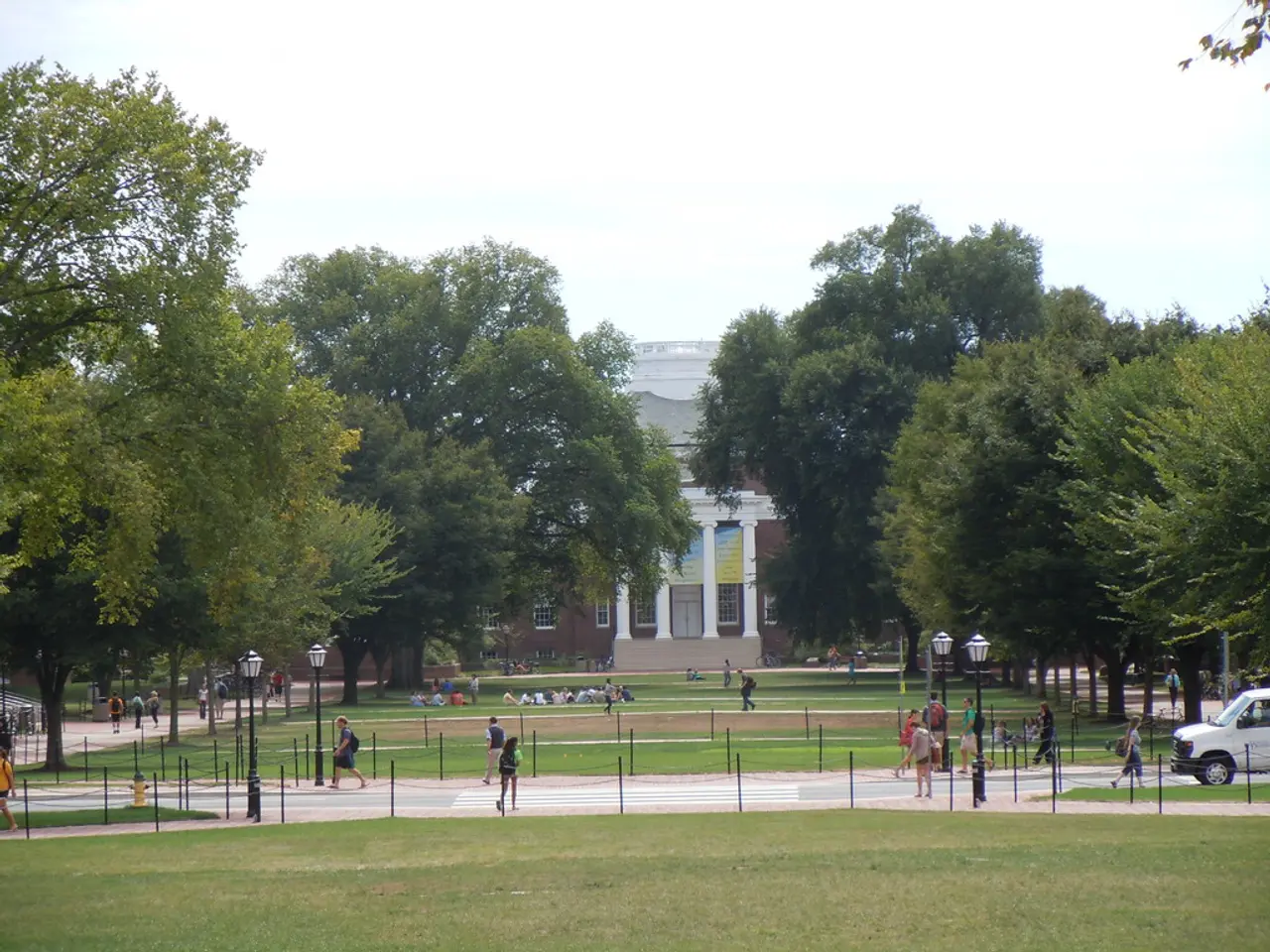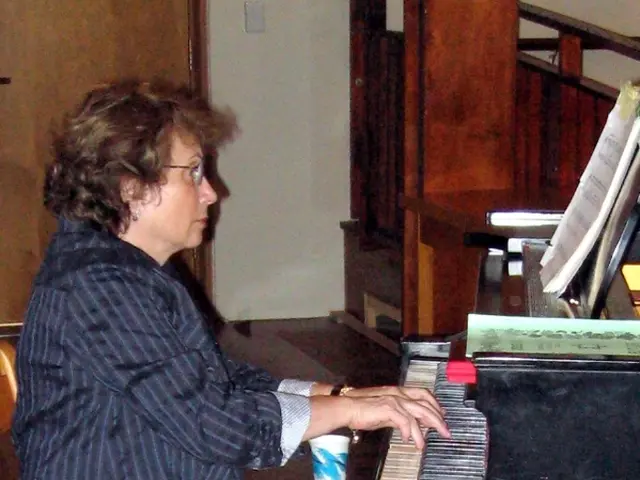German Universities See Stable Scientific Employment, Non-Scientific Areas Grow
By the end of 2024, German universities and university hospitals employed around 805,700 people, with the scientific area accounting for 426,200 of these. The overall employment figure saw a 3.5 percent increase, primarily driven by growth in non-scientific areas.
In the scientific area, employment remained relatively stable, with a mere 0.1 percent increase. Around 186,500 employees, or 66 percent, were on fixed-term contracts. Full-time employment in this area stood at around 284,400, or 67 percent, with 141,800 part-time employees making up the remaining 33 percent.
The number of full-time professors in the scientific field increased by 0.4 percent, reaching around 52,100. This slight rise was offset by a 0.1 percent overall increase in scientific area employment, indicating a slight decline in other scientific staff. The student-to-teaching staff ratio remained constant at 6.7 students per staff member.
In summary, while German universities saw significant growth in non-scientific areas, the scientific sector remained relatively stable. Employment in the scientific area was dominated by full-time contracts, with a slight increase in full-time professors. The student-to-teaching staff ratio remained unchanged.







